Speaker Line-Up
📢 Here are the current speakers we have for this event. We will also hear from you – the event is all about taking part.
Learning from the Giants
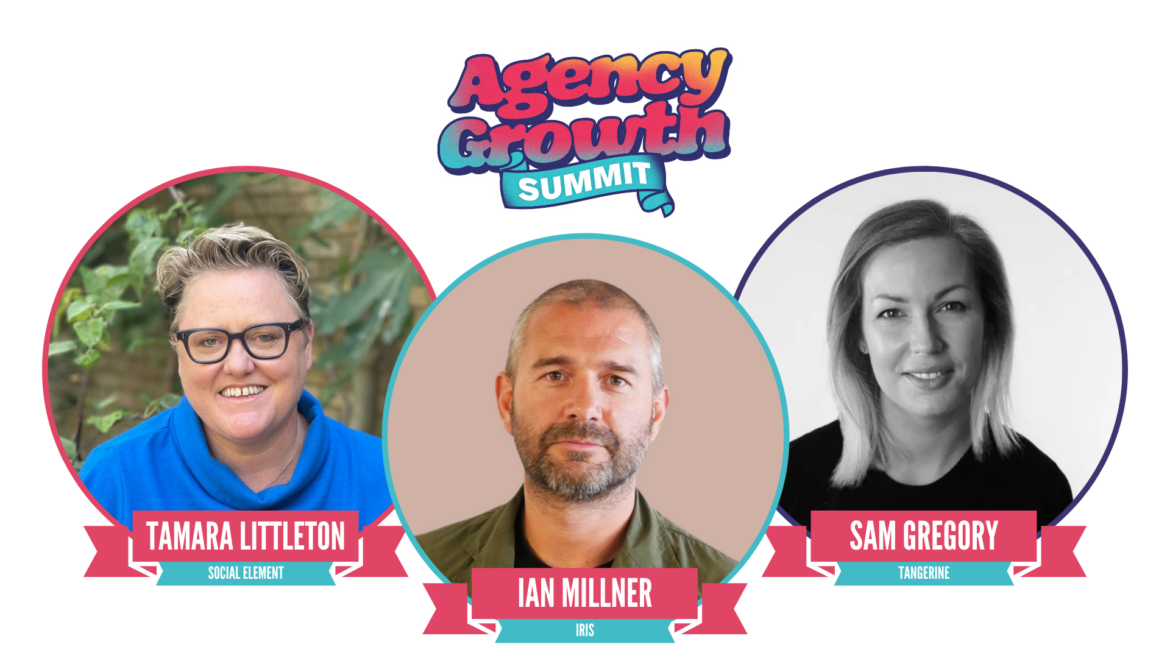
Sometimes, the only people you can learn from are those who are miles ahead of you.
In this session, we’ll hear from three founders of large agencies about how they built their business to its current stage – and you’ll get a chance to ask them questions nobody else can answer.
Meet your panellists:
Ian Millner, co-founder and Chair of Iris
“The big issue that most agencies have as independents is they don’t have a plan. We did have a plan early, not in detail but, directionally, about diversification and going global.”
Ian Millner, co-founder and Chair of Iris, is one of the best in the biz. He has built a global network of agencies from the ground up – from a startup with a single client, to running a global agency with over 1,000 employees.
But this growth didn’t happen by chance.
From the beginning, Ian and his team knew the importance of a clear sense of direction. And while their plan wasn’t hugely detailed, there was always a vision for growth, which helped them get a foot in the door in new sectors.
Thinking big and acting boldly is another key to growth.
“You’ve got to always be thinking about where it’s going and thinking [about the] bigger picture,” says Ian. “Imagine yourself being bigger than you are now, you’ve got to think, live and breathe a bigger animal in order to become one.”
Thinking big and being willing to experiment helped Iris stay ahead of the curve with new business and retained clients: “You’ve got to be on the front foot, shaking up the market, having a go at new business, and you’ve got to be playing defense.”
Growth doesn’t come without its challenges, though, even for agency pioneers like Ian. Economic problems, client restructuring, everything an agency owner dreads – Ian has faced all of these problems over the years.
But he isn’t scared of the risks – instead he looks for the opportunities in confronting a problem head on.
“Ultimately, it’s having the right attitude to risk that will define your success,” he says.
Next up: Tamara Littleton, founder of Social Element
Tamara Littleton’s agency, Social Element, has always been different.
- It was one of the first social agencies to exist.
- Its workforce has been fully-remote since 2002.
- The agency has always been female-led – and is currently led by an all-female exec team.
The business was born out of Tamara wanting to create a place that was different and very much based on her values. Her DNA can be found throughout the agency. Which made taking a stepping back from the day-to-day all the more challenging.
“But you have to get out of the way of your own ego,” says Tamara. “It’s not easy to let go. But I also knew, if I don’t relinquish control and let other people make their own decisions, and also have the room to test and learn, you’re never going to let them grow, and subsequently, the company won’t grow.”
Stepping back from the day-to-day operations, she appointed two co-CEOs – Linn and Ashley (formerly US CEO and Europe MD respectively) – and her Chief People Officer in charge.
Tamara is now able to balance her time as Chair of Social Element and co-founder of Polpeo, her second company. Her decision to change the approach and let her team fly has taken the agency from strength to strength.
At Agency Growth Summit, Tamara will share her journey of setting up her leadership team so that the agency can run without her day-to-day – and the lessons she’s learned along the way.
Last but not least: Sam Gregory, co-CEO of Tangerine
Sam Gregory, co-CEO of Tangerine, has been a huge part of driving growth and innovation. Under her and Mary Harding’s leadership, Tangerine has expanded its services and solidified its position as a top dog in the industry. With over a decade of experience at the top agency behind her, Sam’s influence has been pivotal in shaping the agency’s success. And she will be joining the Learning from the Giant’s panel at the Agency Growth Summit.
Bigger, Better Clients
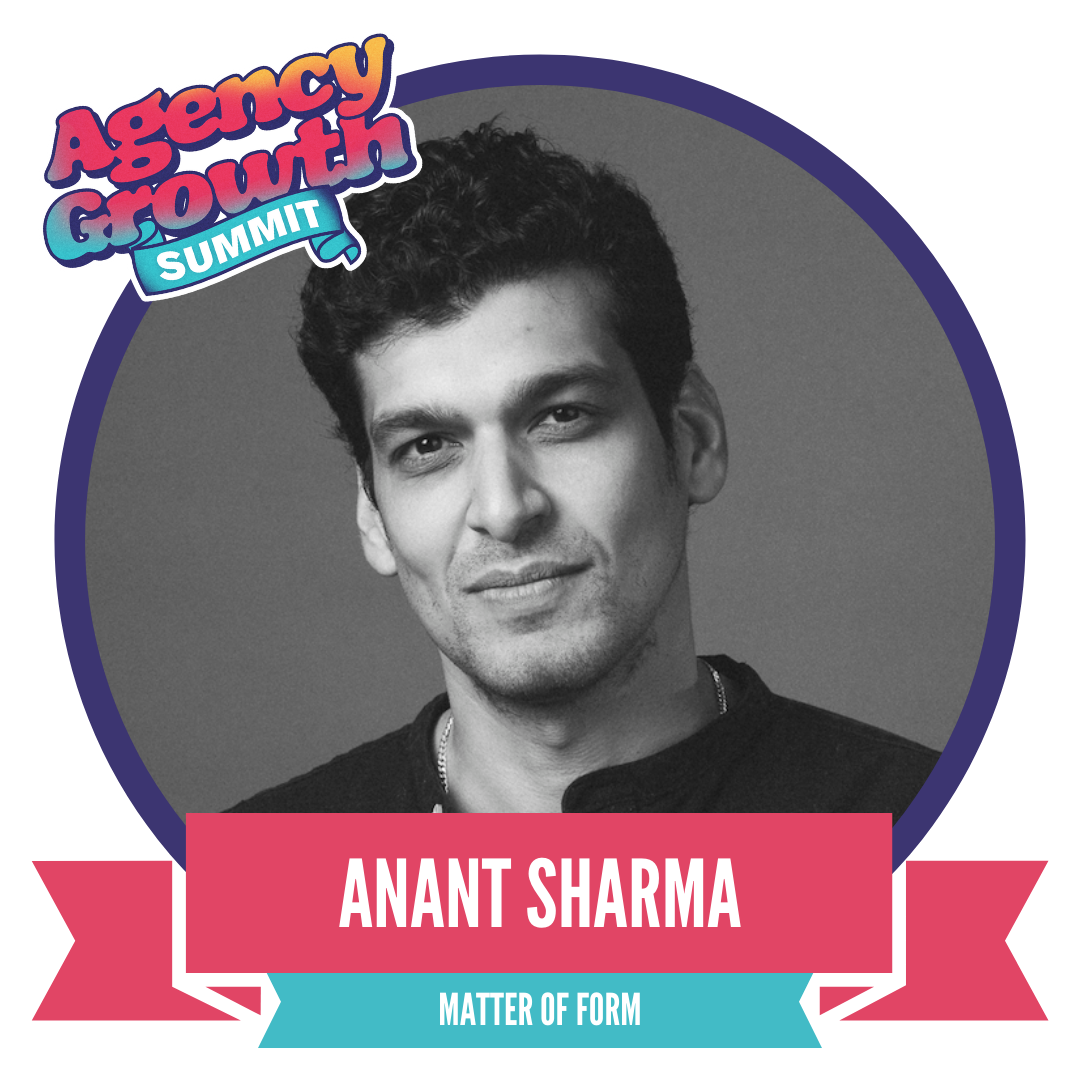
Anant Sharma could feel a storm brewing.
Digital was becoming saturated and harder to sell – and he needed to think of a way around it, fast.
Then, a lightbulb: “I want a route to CEOs.”
“There are many complicated ways of getting to the CEO of a company. Or there’s a simple way of doing it, which is to ask yourself: ‘What types of briefs can only be enacted with the participation of a CEO?’”
“And for any decent-sized business, that is a brand project,” says Anant. “Because CEOs tend to be guardians of the brand, in some way, shape or form.”
So Anant used brand strategy as a “trojan horse” to deliver the service he set out to in the beginning: innovation, customer experience and digital.
Now, Matter of Form only works with businesses that turn over £100 million in revenue.
“We’ll do a 10 grand project for a business that does £100 million in revenue because we know, if it’s bought by the right stakeholder, that will become a million pound account.”
It’s not just bigger projects they’ve won with this strategy either. By approaching clients this way, the agency has been able to circumvent that nasty RFP process all together.
“We went from £1m digital projects to £50k brand projects, which then grew to £250k brand brand projects, which then started feeding an order book of £1-2million digital transformation projects – which we didn’t have to compete for.”
But the type of clients the agency went after wasn’t the only change that had to happen – the team now also had to tweak how they spoke to said clients.
“The language you need to use when talking to the C suite must be centred around how you’re helping them – helping them have happier employees, access new markets, cut costs, and find a new audience,” says Anant. “Then sector experience and specific skills are just a tool to help you get there, rather than an end in its own right.”
At Agency Growth Summit, Anant will be taking us through his agency’s strategic approach to client selection in more detail. He’ll discuss why the business transitioned to targeting C-suite level stakeholders at larger companies, and how this client strategy has secured larger, more strategic projects and established long-term, multi-million dollar relationships.
How We Service and Scale 100 Clients at Once
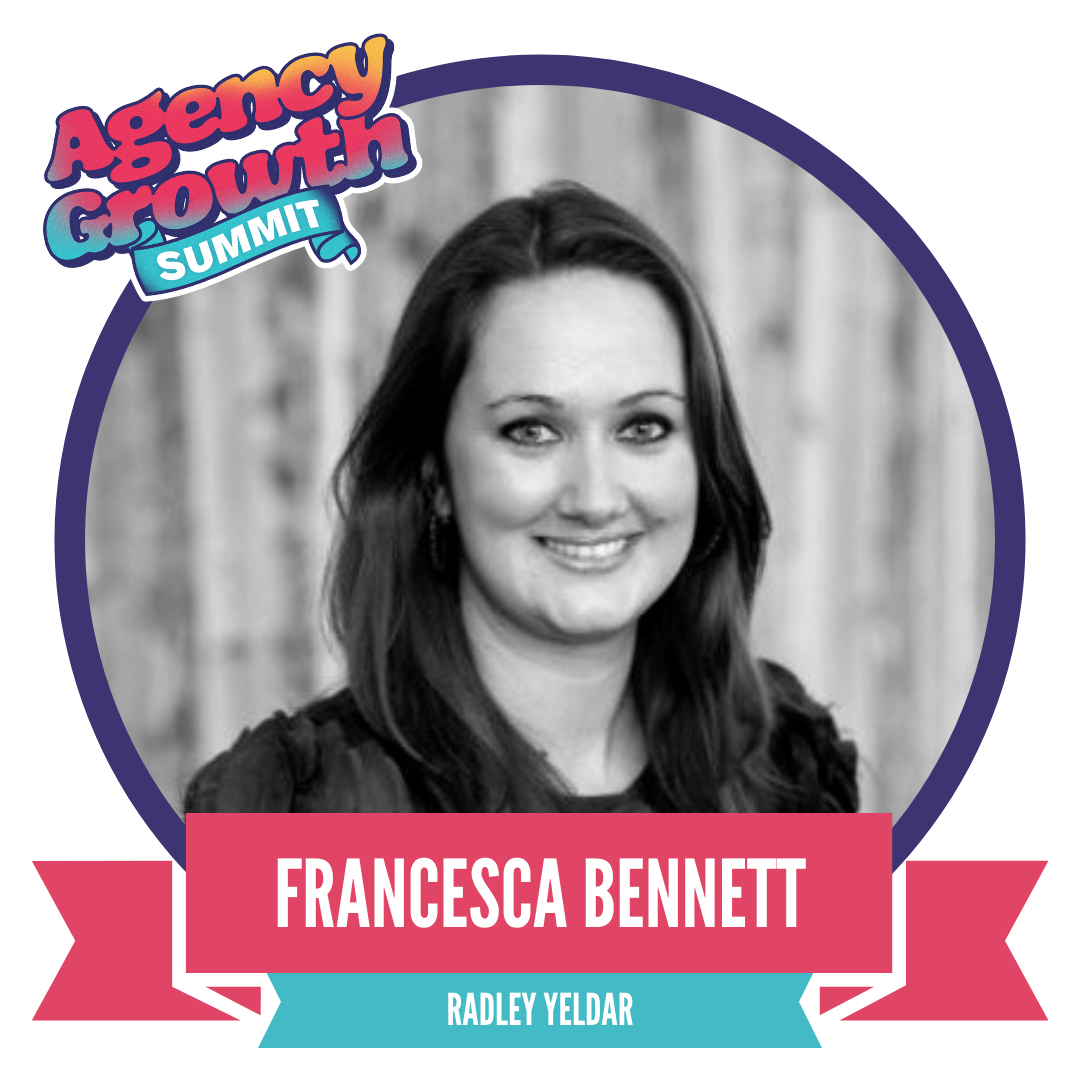
“Radley Yeldar has 100 clients on their roster – all different sizes, all different kinds of projects.
So servicing (and scaling) them all equally is no walk in the park.
Unless you’re Francesca Bennett.
Already working as new business and marketing director, Francesca took on the role of client development within the agency in 2024, which was the final piece in Radley Yeldar’s growth puzzle. The first thing she changed was how the agency categorised its clients – so it was single-mindedly focussed on growth.
“When looking at growth with a strategic mindset, at the core of it is rigorous client categorisation,” she says. “From that, everything falls out: job roles and responsibilities; KPIs; how you manage your CRM; marketing.”
Previously, client categorisation relied on a handful of factors – including a strong focus client happiness and ‘vision fit’. But Francesca recognised that, while important, these are foundational principles rather than drivers of growth.
“We had so many criteria that went into our client categorisation that it actually became very difficult to use as a lever for behavior change.”
So she shifted the focus to strategic categorisation, ensuring every client relationship contributes to the agency’s growth trajectory. This change has had a huge impact in helping the agency set clearer growth targets for each client, making them easier to scale.
“A growth mindset benefits the client as well, because we’re constantly trying to anticipate their needs and how their business must change as the world around them changes,” says Francesca. “With our consultancy expertise, we’re looking at that world and we’re preempting what they need to do. This helps them because we get them into the right shape, and it helps us because we grow.”
At Agency Growth Summit, Francesca will explore how her agency’s growth-focussed approach ensures every project, whether a major brand initiative or a smaller sustainability strategy, gets the attention it deserves. She’ll discuss the structures required to set this up, and the ways in which RY fosters collaboration across client services, new business and marketing.
Successful Founder Exits
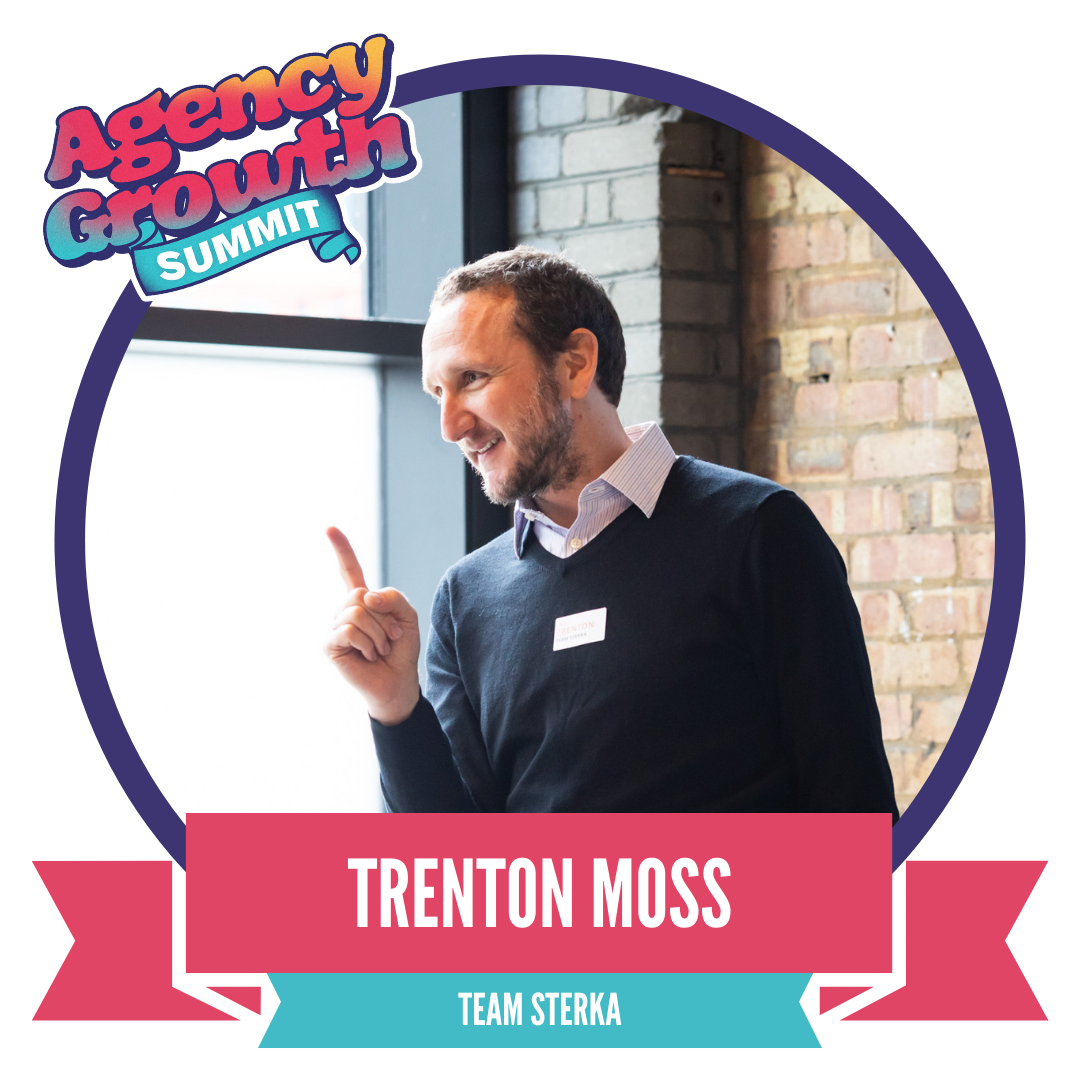
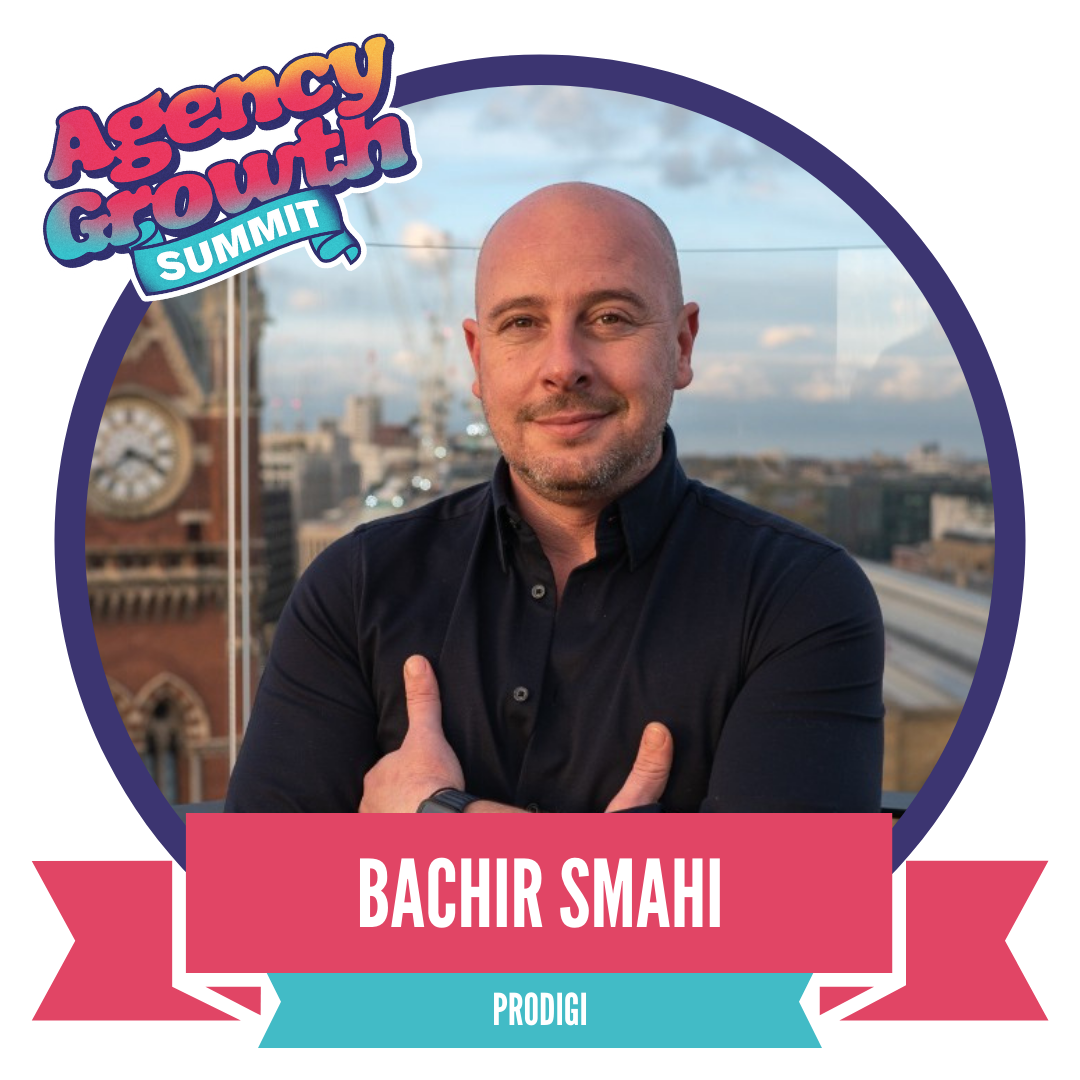
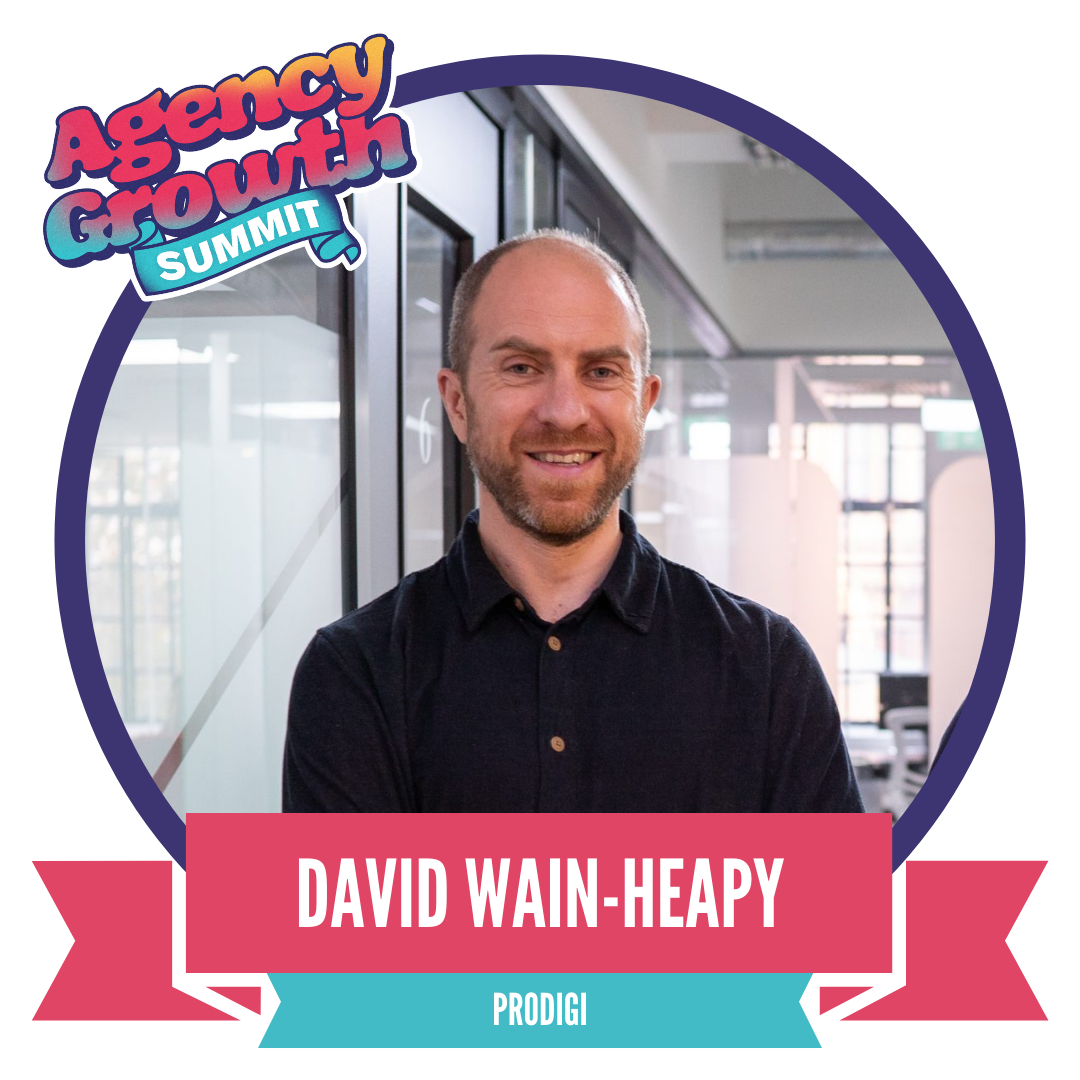
Most agency founders plan to sell the business at some point – it’s just a matter of when, and how.
Some begin to outgrow the business, or just end up getting in the way. Some have simply had enough of agency life, while others find new businesses to work on. But what happens when you inevitably arrive at that decision? What do you need in place before you can actually take a step back?
At Agency Growth Summit, we’ll be hearing from three agency founders who have done exactly that.
First up: Trenton Moss – founder of Webcredible, and current MD at Team Sterka.
Trenton Moss wasn’t planning to sell his agency. But after six months of consecutive losses in his 14th year, his hand was forced.
“I was done,” he says. “I was totally at my bottom, and that’s the only reason I went for it.”
Around the same time, an M&A consultant reached out and invited him to lunch.
“So we went for lunch and I’m there just crying into my soup when he says, ‘I think there’s something we could do here’.”
This conversation alone gave Trenton the motivation he needed. The M&A consultant helped Trenton find an ideal buyer in nine months – and 18 months after that, he was out.
“ I look back at the 15 years of running my agency now with great pride and a sense of completion,” he says. “It’s a really lovely feeling to be able to say, ‘I finished that’.”
Also joining us is David Wain-Heapy and Bachir Smahi – co-founders of Best Response Media, and current co-founders at Prodigi. Having grown their agency with a large distributed team across eight countries, David and Bachir chose to exit their agency in 2022, successfully completing their sale to Brave Bison in just ten weeks.
Together, all three founders have learned that there are some serious M&A myths that need busting:
- You don’t need to work with an official M&A firm to prepare – “They all have the same sales pitch, and it all feels like they want you to spend nine months worth of your retainer before you even get close to getting an interest,” says David.
- The business doesn’t need to be completely independent of the founder – “They’re all going to say you’ve got to have a business that doesn’t need you at all. But almost every founder I know is involved in sales and marketing.”.
- You don’t need to do an earn out – “We’d heard nothing but horror stories about earn outs, and the thought of then spending two or three years working for someone else did not appeal to us in the slightest.”
- There’s no set criteria for a ‘sellable’ business – “Obviously there’s trends, and there’s maximizing your chance. But there’s no like, ‘You must do these things, otherwise you’re not allowed to sell’. It can be whatever you want.”
In this session, Trenton, David and Bachir will be busting the M&A myths – sharing how they successfully exited and sold their businesses, and some of the secrets they learned along the way.
If you’re looking to sell your agency but are concerned about how to do it right, come and join this session for some candid advice on what to expect.
What Can Agencies Look Forward to in 2025?
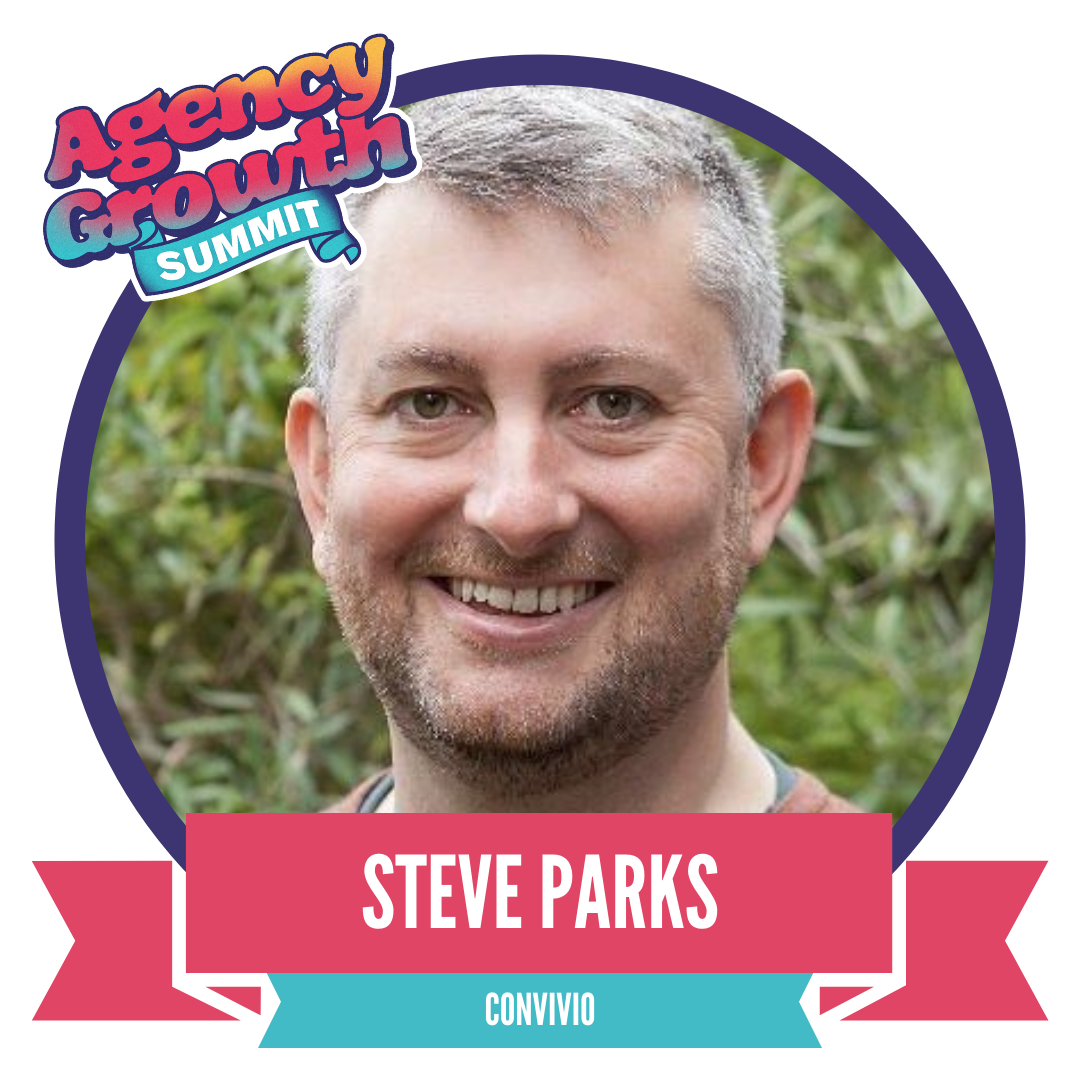
Steve Parks has become known as an ‘agency prophet’.
He uses research into the agency world, as well as his own agency expertise and intuition, to predict what agencies will face in the near future. (Like a less terrifying ‘Ghost of Agency Future’.)
In January 2020 he tweeted: “If your pandemic preparedness plan has been gathering dust, then it might be time to update it…”
He even told his followers to stock up on essentials early – including loo roll and antibacterial hand gel – to avoid being part of panic buying later when lockdown would be announced.
Since then, it’s not been great news:
- In 2021 he warned of economic turbulence.
- In 2022 he warned that ‘client decision hesitancy’ and ‘agency founder burnout’ would define the next few years.
But Steve brings only good tidings for 2025.
“We’re heading towards another golden age for creative agencies, much like the 1960s,” says Steve. “There’s been a multi-system shock to the world, and we’re now emerging into a new future. This is when clients need agencies most. It’s a boom time for the right kind of agencies.”
Hear that? Boom time.
“Agencies need to start going for it – and big. Reinvent themselves, define the future, and lead clients there. The agencies doing this now are the ones who will succeed the most in the next few years.”
Unfortunately, 2024 has made it hard to hang on. Businesses have closed, jobs have been lost, and even the seemingly sturdiest agencies are struggling. Founders are tired.
“I’ve seen people sell agencies for a fraction of their worth – just to get out of it,” Steve says. “But the people who give up now will be the biggest losers. They’ve taken all the pain from the past few years with so little gain, and now they’ll miss the upside.”
Most agencies prepare for the hard times – but the smartest agencies prepare for good times too.
Steve will be joining us at Agency Growth Summit to deliver his agency advice for 2025, delivering insights and practical action so you can gear up for what’s to come.
Agency by Agency Growth Report 2025 📈
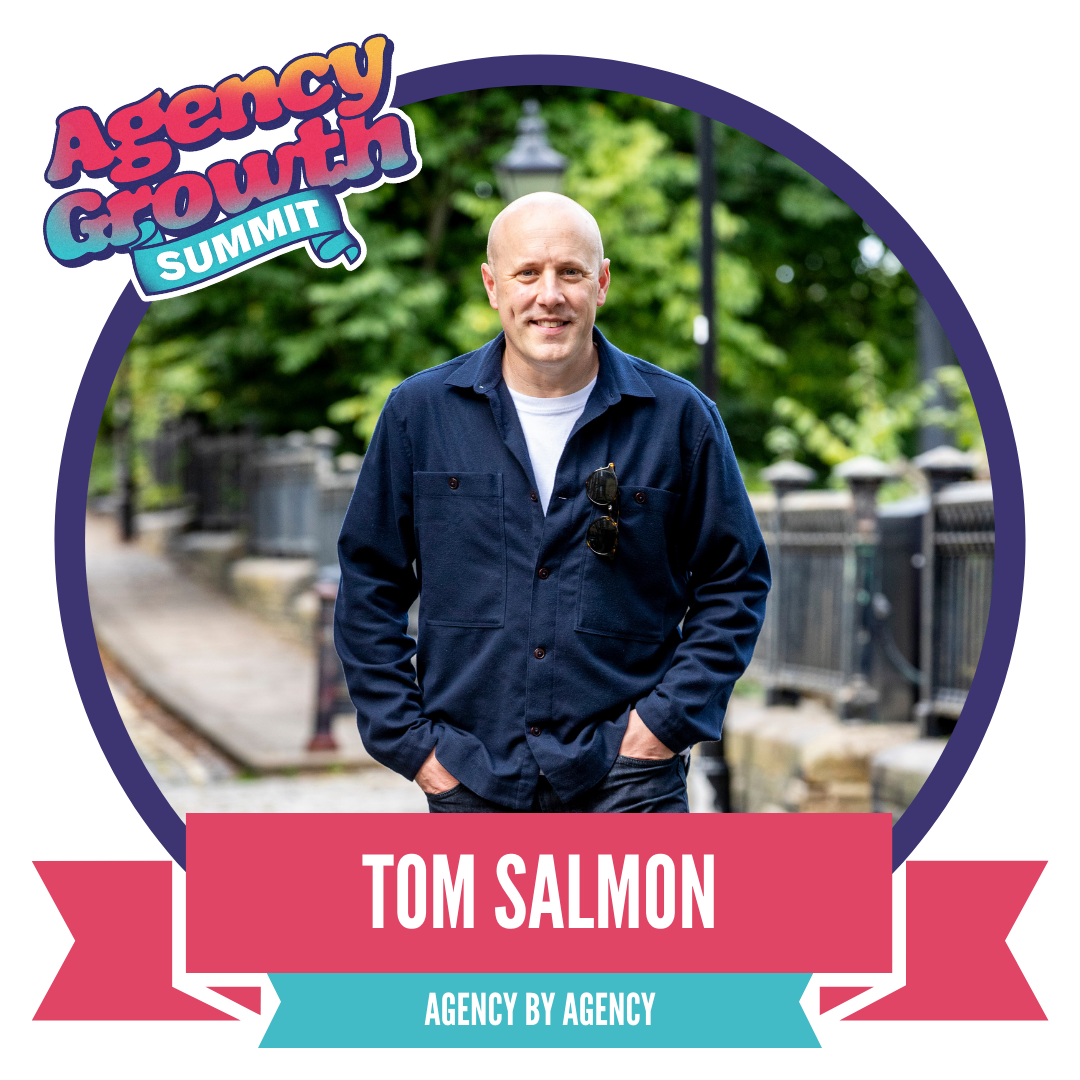
What does growth look like for agencies in 2025?
In this session, the creators of Agency by Agency unpack the key findings from their latest analysis, offering a glimpse into the future of agency growth.
From navigating economic headwinds to embracing new client strategies and service trends, they’ll highlight the key factors to plan for in 2025.
If you’re looking to stay ahead of the curve and position your agency for growth in the coming year, this session is not to be missed.
Grow Your Agency or Grow Your Family? The Life Choices Women Face
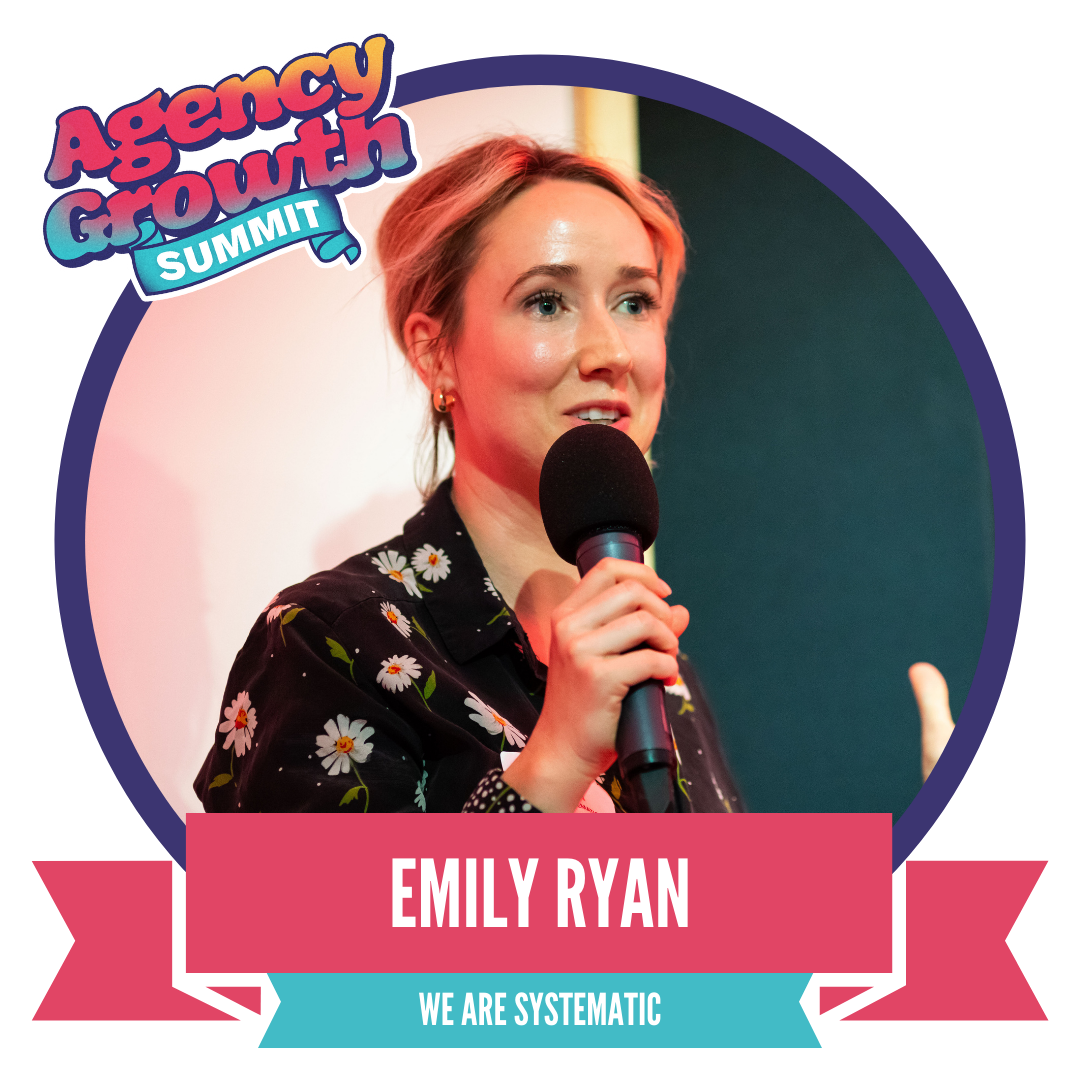

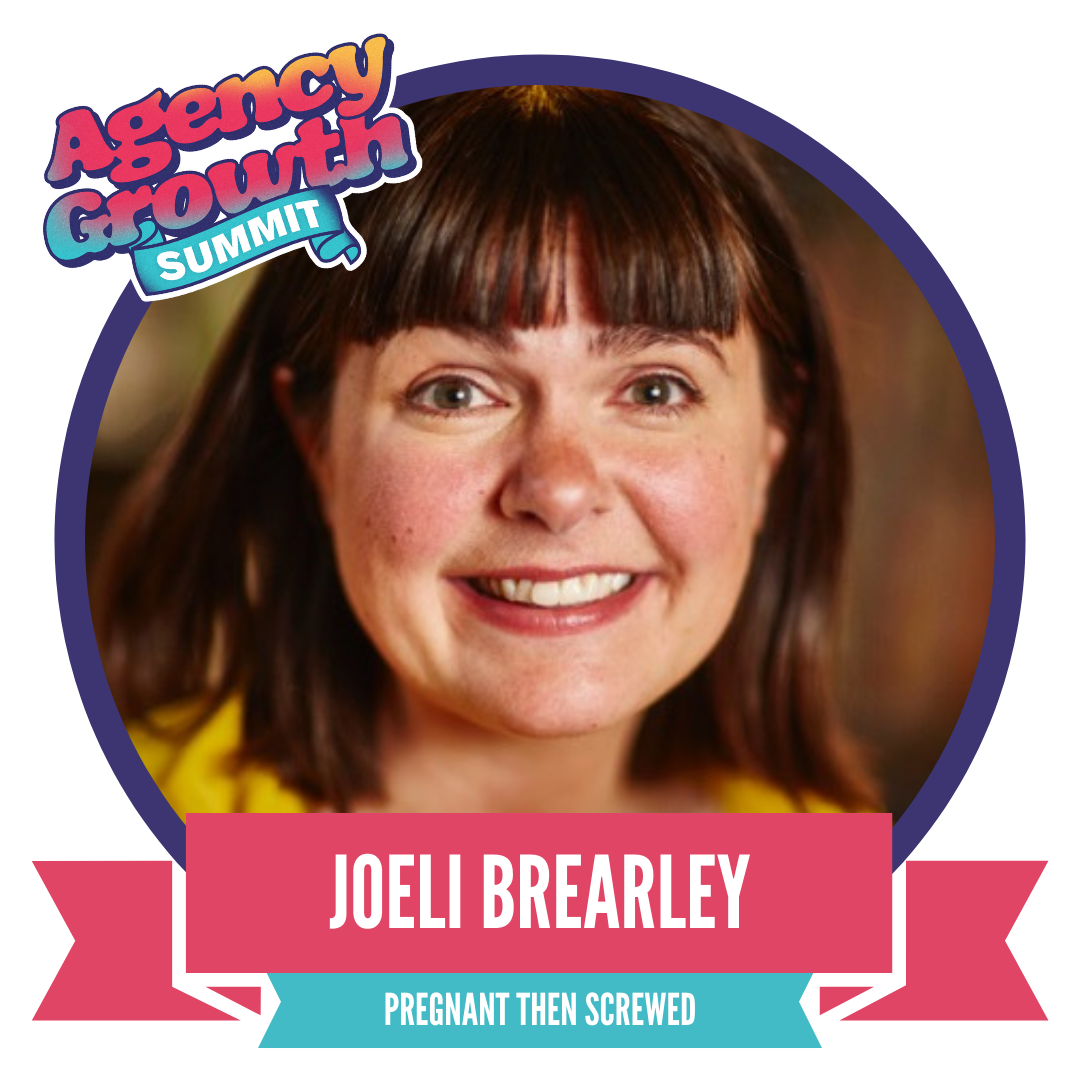
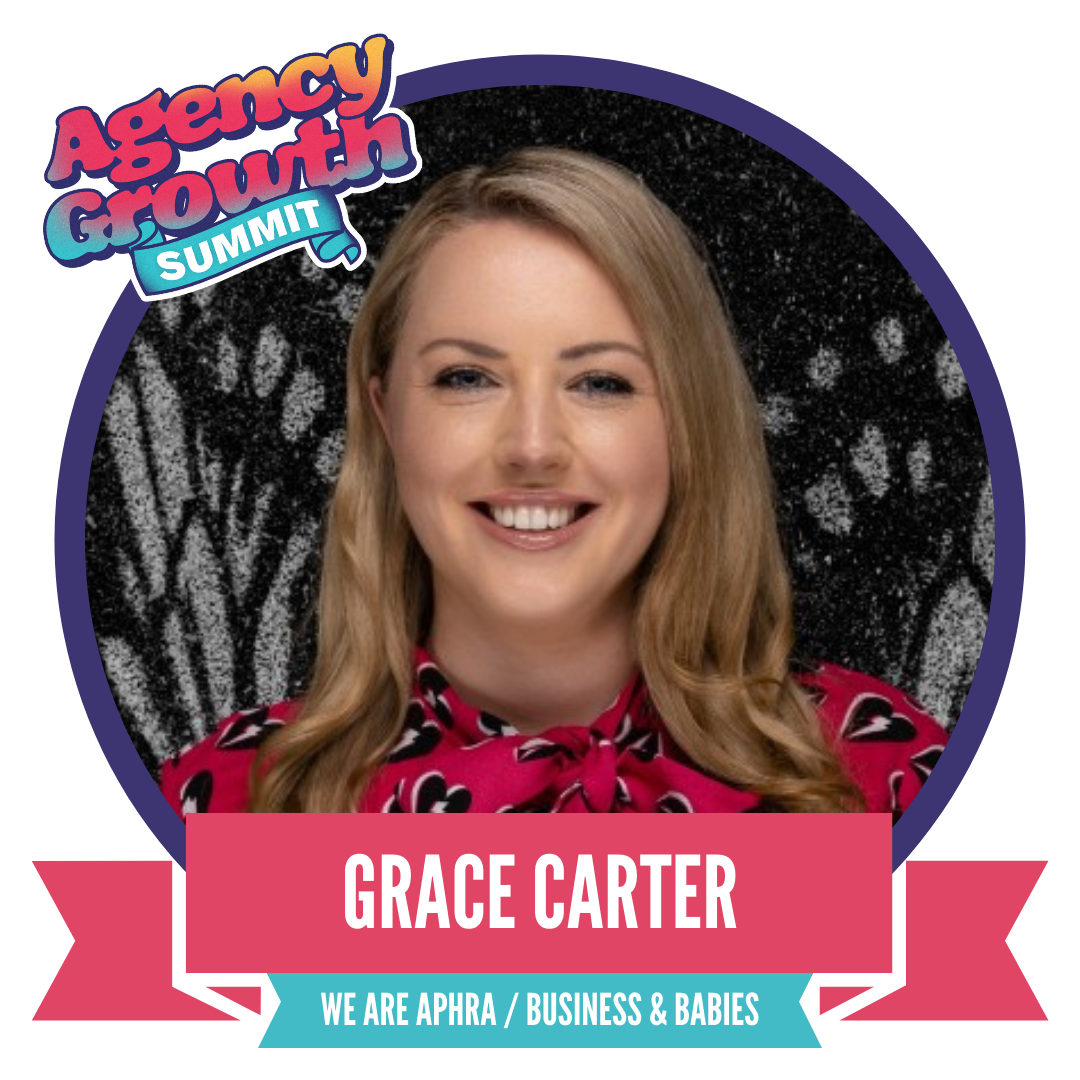

The path of a female leader is filled with unique challenges – and nobody knows this more than Vicki Young, founder and MD of Nalla.
“Having a child has impacted my business negatively,” says Vicki. “For me, the challenge started before I had her.”
Vicki founded Nalla in 2010. She was the face of the business – a force to be reckoned with – and the agency was growing at a steady rate thanks to her impressive leadership and personable nature.
Then, she fell pregnant with her first child.
At first, it seemed like nothing had changed. But as Vicki’s baby bump became more visible, attitudes towards her started to shift.
“We stopped winning pitches,” she says. “As soon as I was visibly pregnant, our win rate plummeted – largely due to the nature of the business. We would classify as boutique, so essentially people would buy into me and the ethos of Nalla – and they were nervous that I wouldn’t be there to oversee and take responsibility for the work. So we didn’t win.”
At first, it was just a hunch.
But then a client said it straight: “We really want to work with you. But we need to talk about the elephant in the room: you’re pregnant, and we really want you on the account.”
Desperate to keep the pipeline full, Vicki told them she would do all of their strategy before the baby was due: “My first day of maternity leave was spent working on the strategy for this client, and I worked on the strategy right up until the due date.”
Unfortunately, it didn’t stop there. Six weeks after having her first child, Vicki was back taking client calls.
“It’s a really big life change. You’ve now got this job at home and you’ve got this job at work. How do you get them both to fit? Unfortunately, the pressure tends to largely fall on the woman.”
In this session, Vicki will be joining us to share her journey into motherhood as a female founder, and how her experience has empowered her to implement positive workplace changes for other parents on her team. Vicki will be joined by Grace Carter, Emily Ryan, Joeli Brearley and Suzanne Linton to discuss the effects pregnancy, parenthood, menopause and maternity leave can have on an agency, and its people – as well as how to approach these in a practical but delicate manner.
Moving Away from Start-Up Mentality
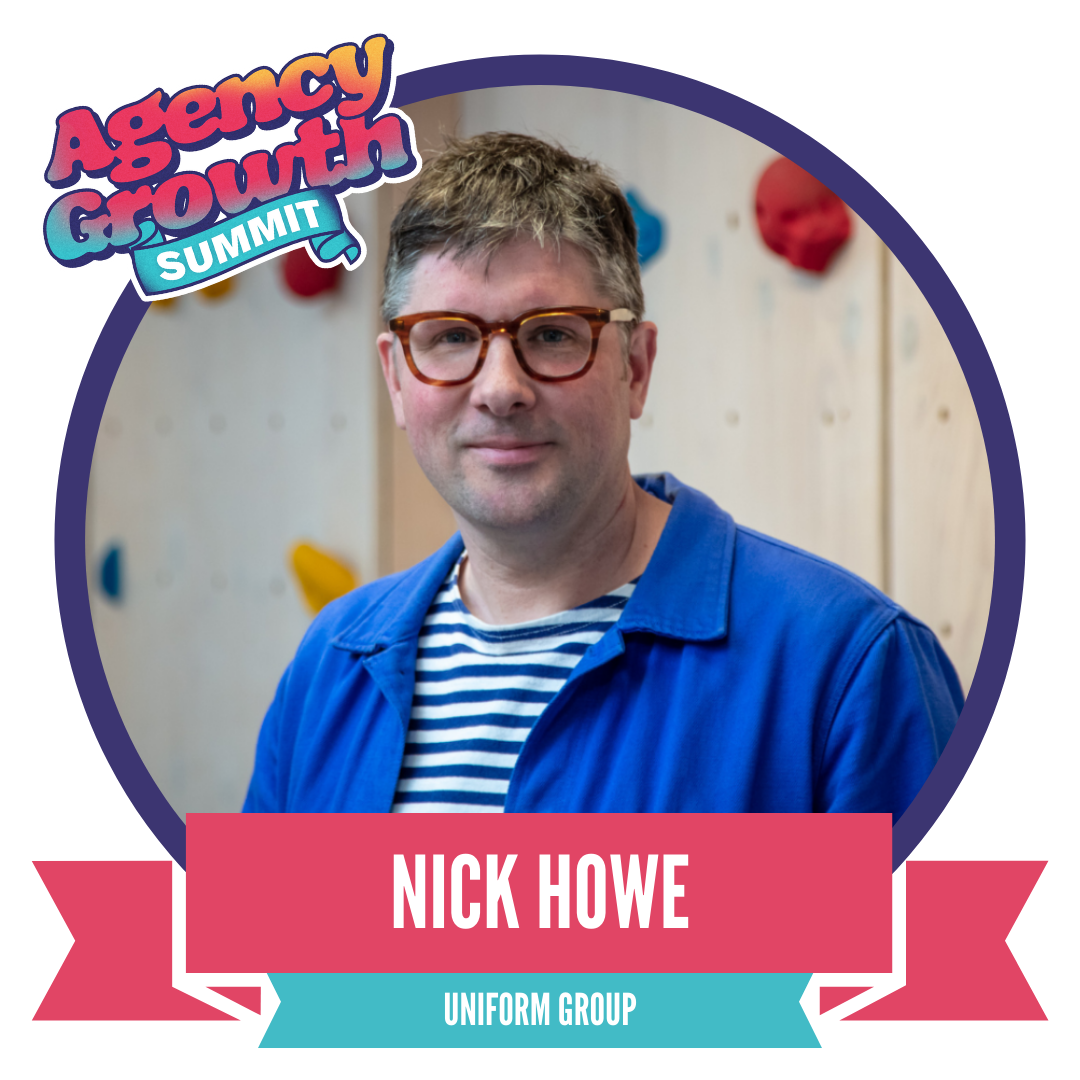
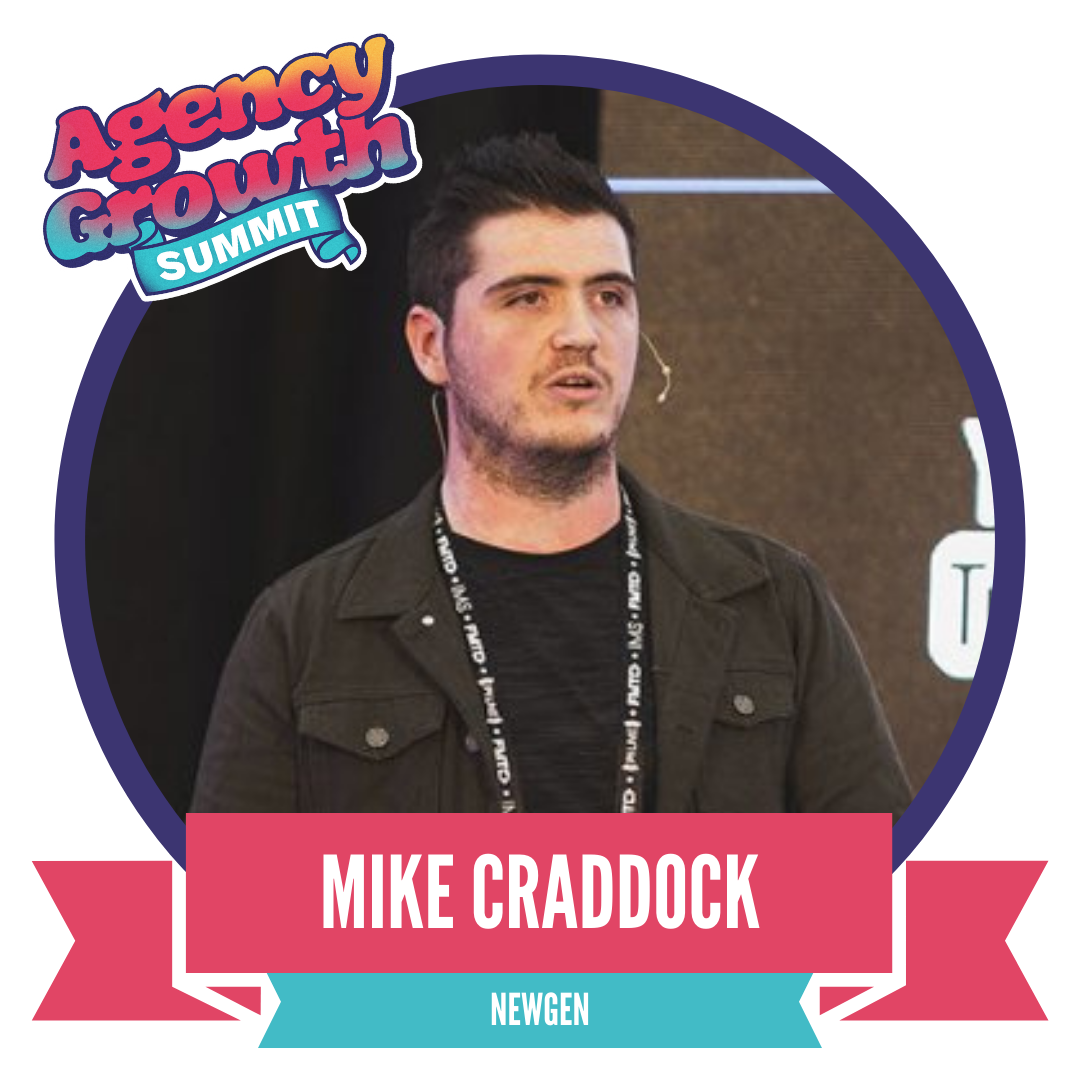
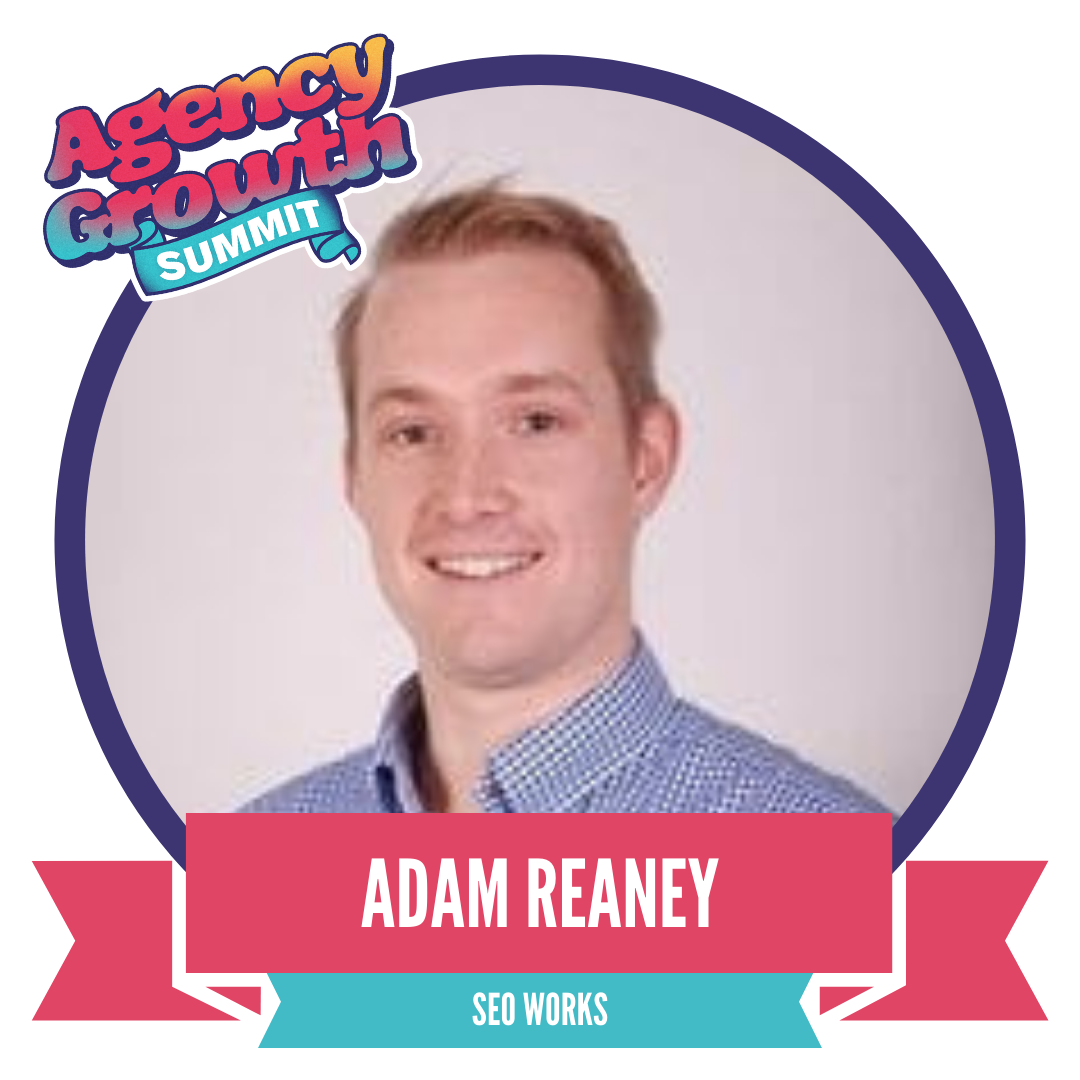
JaAll agencies go through a weird ‘in-between’ stage: you know you can’t continue functioning as usual, and you know where you want to be – but you’re not sure which step to take next to get there.
The only way to learn which move is best for you is to hear from people who have tried each one. So, in this session, we’ll be spotlighting several agencies who are in the ‘maturing’ stage of their growth journey.
Meet your panellists:
Mike Craddock, founder of NewGen group
Mike Craddock was at a crossroads. His agency, NewGen, was finally getting access to the heavy hitters, securing dream clients like Hasbro, KFC and Samsung.
But it came with one hiccup: “Bigger clients have bigger payment terms.”
And they don’t budge.
“As a medium-sized agency, if you have a six figure contract delayed, that’s a big impact for the company. So do you decline working with the likes of P&G, or do you accept bigger payment terms?”
Obviously, Mike’s team didn’t decline. But that created a big risk for the agency.
“We have so many downstream suppliers because we do a lot with creators. So if we get paid slow, either we have to delay paying the creators, which damages our reputation, or we have to take that on as a business, which then affects cash flow.”
But Mike had one more trick up his sleeve: private investment. He knew his sector well, so he decided to put a document together showing NewGen’s growth trajectory and took it out to market.
“We pitched to 15 people originally, and then we quickly whittled it down to three or four. Everyone came in at roughly the same valuation, which was quite helpful. It was a two year process, but from when we wanted to pull the trigger, it probably took about six months.”
“The ideal for us was to cover all the bills, and de-risk the business. Maybe we could have got more money, maybe we could have got a better deal, but finding the right partner for the long term is more important. The partner we went with had investments in similar companies, of which I know the founders.”
Adam Reaney, Client Services Director at The SEO Works
Adam Reaney started at SEO Works when it was still a start-up.
Back then, hours were more relaxed, everybody did a little bit of everything, and the atmosphere was a very ‘shoot first, ask questions later’. They managed like this for a few years – but it eventually hit a point where they were bursting at the seams.
“The mentality just had to change. It’s a very fun place to work when it’s a startup, but it’s not sustainable. It’s fun, but it’s not forever.”
So the team started ‘professionalising’ the agency – bringing in thought leaders and leadership tutors to help them figure out what they were lacking: “We need to have a strategy. We need a methodology, things like time tracking and project management software, which we had never really used before.”.
“We needed to make it so that we actually looked at the capacity that we had as a business and balanced that against what we had coming in,” says Adam.
A big part of this process was forming an SLT. Adam played a role in the creation of the team, picking out key members of the team who had grown with the agency, and had proven commitment to SEO Works vision and ability to adapt.
Being more direct and ruthless with decisions wasn’t easy at first, but a mantra he learnt early on helped him take the step back from ‘fun co-worker’ to leader and strategic thinker: “Relentless on the issue, gentle on the people.”
They also brought in an MD from one of their biggest clients, who brought in fresh ideas and leadership expertise that really solidified SEO Works’ position in the industry.
“The clients that come to us now come to us because they want an established agency. The clients that we were getting when we were startups came to us because they weren’t really sure what it was that we did, they just knew they needed help in the digital marketing space.”
Nick Howe, CEO of Uniform Group.
Nick Howe co-founded his agency, Uniform, right out of University.
He immediately found himself wearing many hats: he was the marketer, HR, the creative lead, and even IT support. This versatility was crucial in the early days. But eventually, Nick realised that growth was only sustainable if he took a step back.
“You can’t do everything. As you grow, you have to methodically take hats off, one by one.”
Building his Senior Leadership Team started with evaluating what exactly the business needed – for example, recognising that none of the founders were natural salesmen and bringing in a business development lead.
“If you’re not hiring someone who’s better than you, then you’re always going to try and do that job for them. You’re just going to try and do that job for them,” says Nick.
Nick also put a big emphasis on finding people who matched Uniform’s vision: “We hire for attitude and culture fit, rather than necessarily just skills. It’s easier to teach technical ability than it is to teach attitude.”
Getting a trusted SLT in place freed Nick from day-to-day agency operations, giving him time to focus on accelerating the agency’s growth. The decision to step back was gradual and at times challenging, but it has paid off.
Nick credits the SLT for letting his agency thrive while maintaining its creative edge, and a strong culture:”Hire good people, get out of their way, and focus on leading.”
Come along to this session to hear Mike, Adam and Nick share their “growing pains” and the tools they used to overcome them.
How to Acquire an Agency
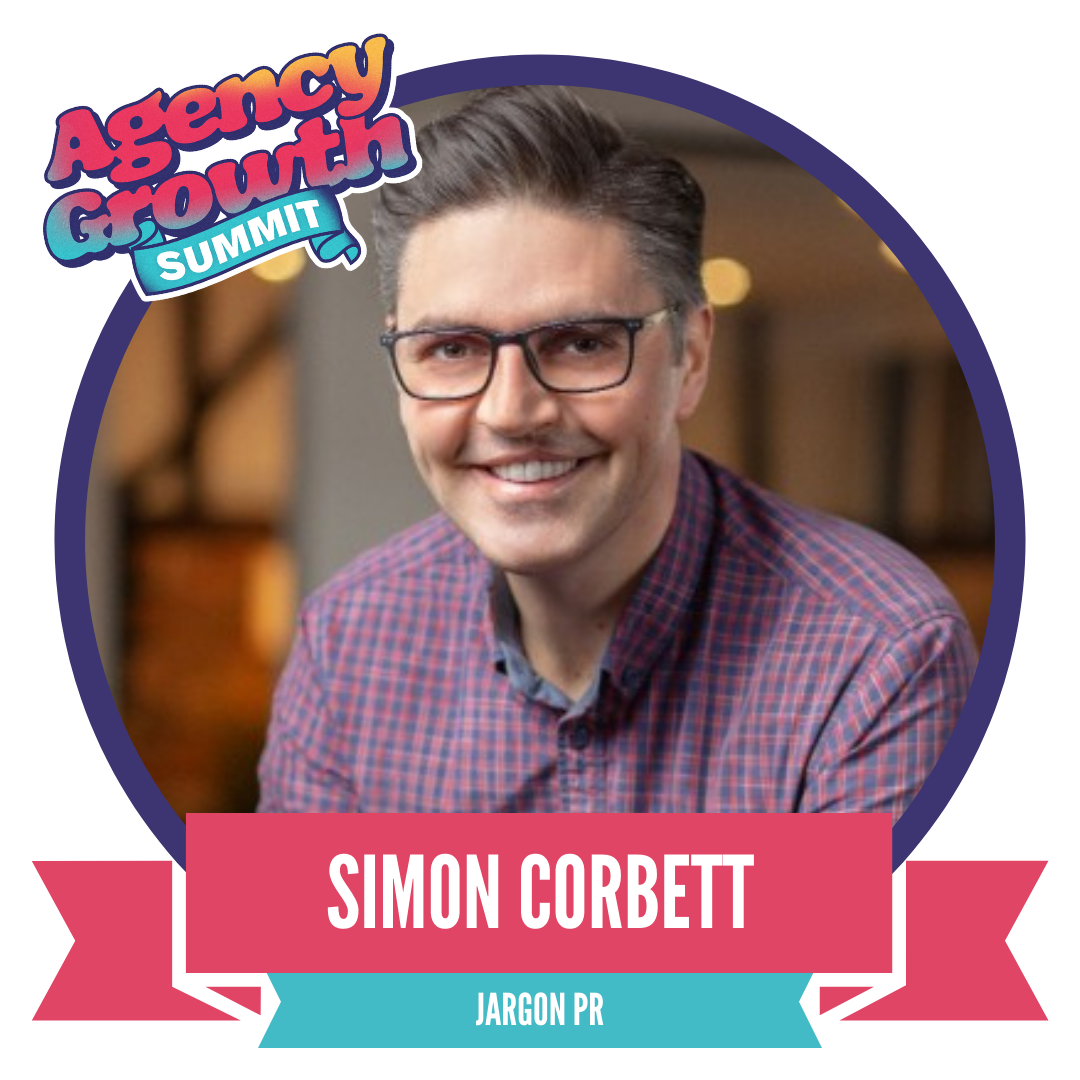
“We were growing nicely, ticking along, but we wanted more. We wanted to be bigger.”
Simon Corbett had big ambitions when he started Jargon PR.
Initially relying on organic growth, the agency managed to hit over a million in revenue – but the slow climb to the top wasn’t quite cutting it.
So Simon started looking at growth through acquisition after an inspiring conversation with Steven Bartlett, who told him: “‘Don’t be afraid of taking on debt. Don’t be afraid of buying other stuff. Don’t be afraid to make mistakes’.”
Starting with small steps, Simon registered with brokers and read up everything he could about the acquisition process. Three years later, Jargon PR had completed five acquisitions. Four of which were very successful.
Unfortunately, some acquisitions do come with challenges. One deal unraveled due to clashing cultures, client retention issues, and a miscommunication in expectations.
“We realised that we’d done the wrong deal, and this had gone south. So we were like, ‘Let’s try and get out of this as quickly as possible, while keeping as many clients as possible’.”
“But that’s fine. Not everything goes right. If you’re not making mistakes, you’re not making enough decisions.”
Despite the challenges, Simon wouldn’t do anything differently. He learnt a lot from each bad situation:
- Expect resistance – Not everyone is going to be on board with your big buying plans. “If I was buying your business, I’d say to you, ‘Look, everything you’ve told me is wonderful, but something’s going to go wrong…a client is going to leave, or a member of staff is going to leave.”
- Make clear integration plans – The small things, like changing from Google to Microsoft, can make you stumble. Be prepared to communicate all of this fully from the get go.
- Manage valuation expectations – You can buy loads, but you can only sell your agency once. Talk to as many people as possible before cutting a deal.
Simon will be sharing everything about his experience of acquiring five agencies in three years and providing valuable insights at Agency Growth Summit. If you’re interested in M&A, or are currently going through this transition and need some more support, come along to this session and get your answers from those who have completed this side quest.
Agency by Agency Growth Report 2025 📈
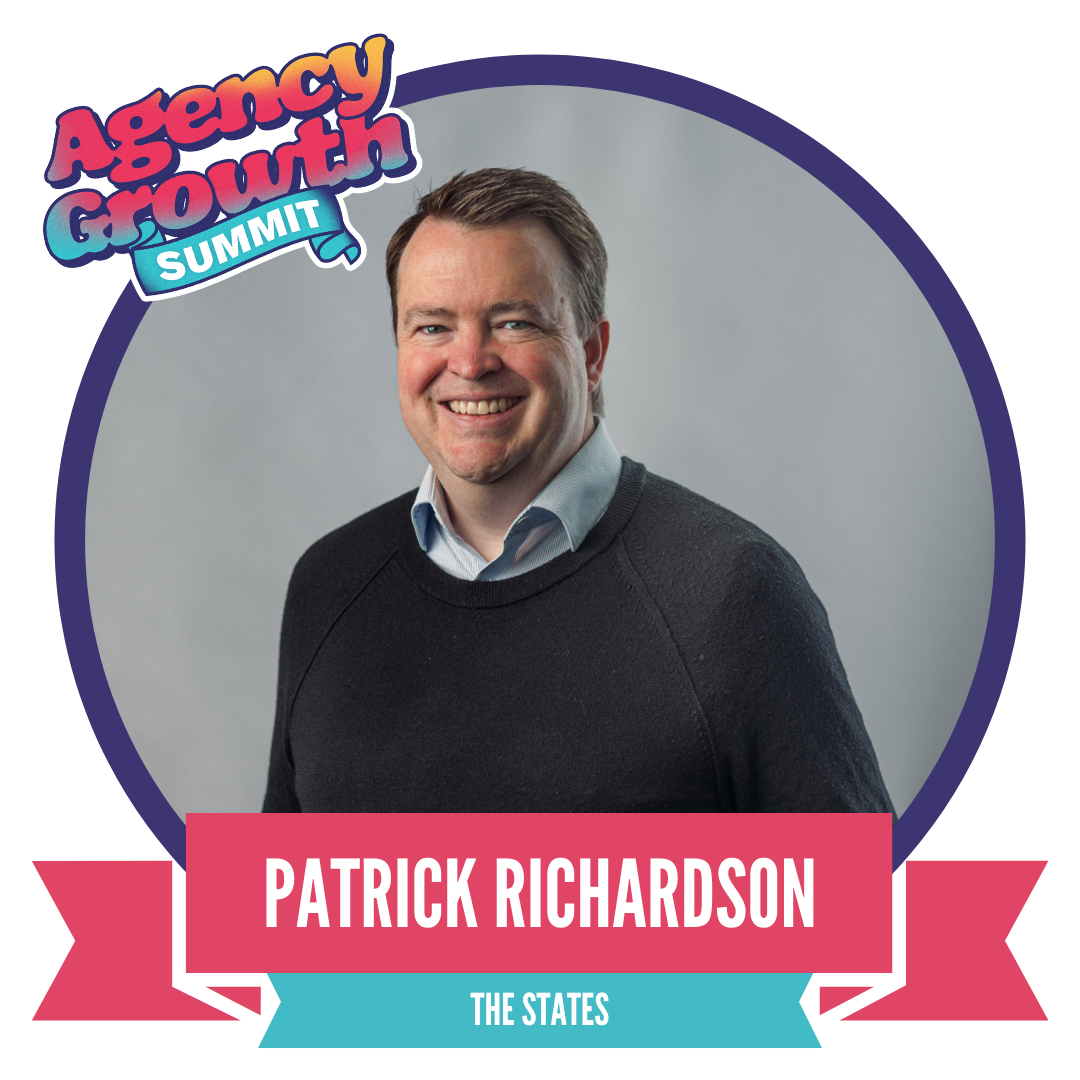
Patrick Richardson had a decision to make.
He’d just completed a ten year stint at Hedgehog Lab setting up their US base, and now he had to figure out what to do next. Having spent his entire career working in agencies, he set out looking for an MD role.
He did a couple interviews, spoke to some agency founders, and started hearing the same thing over and over: “We want to set up in the US, but it’s just too expensive.”
But it wasn’t until he got to talking with one company in particular that he understood why agencies were finding it so hard.
“They were going to pay me this crazy salary for being a managing director. So I asked them, ‘Okay, what’s your marketing budget?’ And they said, ‘Well, we’re kind of putting all our money into you’. Obviously, that’s nice – but if you don’t have any money to do anything else, that really puts people into a jam.”
He realised that, because the going rate for an MD over in the states was so high, agencies were almost backing themselves into a corner before they’d even started.
“And that’s just to get one person! Really, you need multiple people to start up what is essentially a brand new agency,” Patrick says.
So Patrick got to thinking: “How can I make this journey just a little bit more affordable?”
And the seed was planted.
Shortly after, Patrick set up The States – a consultancy that provides small to mid-sized agencies access to on-site, fractional MDs to help them tap into the US market. With an impressive agency background and an extensive knowledge of building biz over there, Patrick was perfectly poised to aid agencies along this journey.
“I get agencies. I know how they run. I know how the people are. I know what the cultures are. And it’s tough when you’re at that £2million mark to get enough money to break into the states, because there’s a lot that goes into it,” says Patrick.
“I also think people need to realise that it’s sort of like Hollywood. You show up and you’re going to be washing dishes and waiting tables for a little while. You have to get yourself known, so it’s a longer game.”
A lot of agencies are looking to differentiate themselves in the market, usually by picking a niche audience or service. However, setting up in the US can be a strong differentiator too – and, as we all know, they love a Brit over there.
At Agency Growth Summit, Patrick will be answering all the FAQs that come with expanding into the US – which he helps agencies do every day. If you’re looking to set up shop over in the States, this is worth hanging around for.
